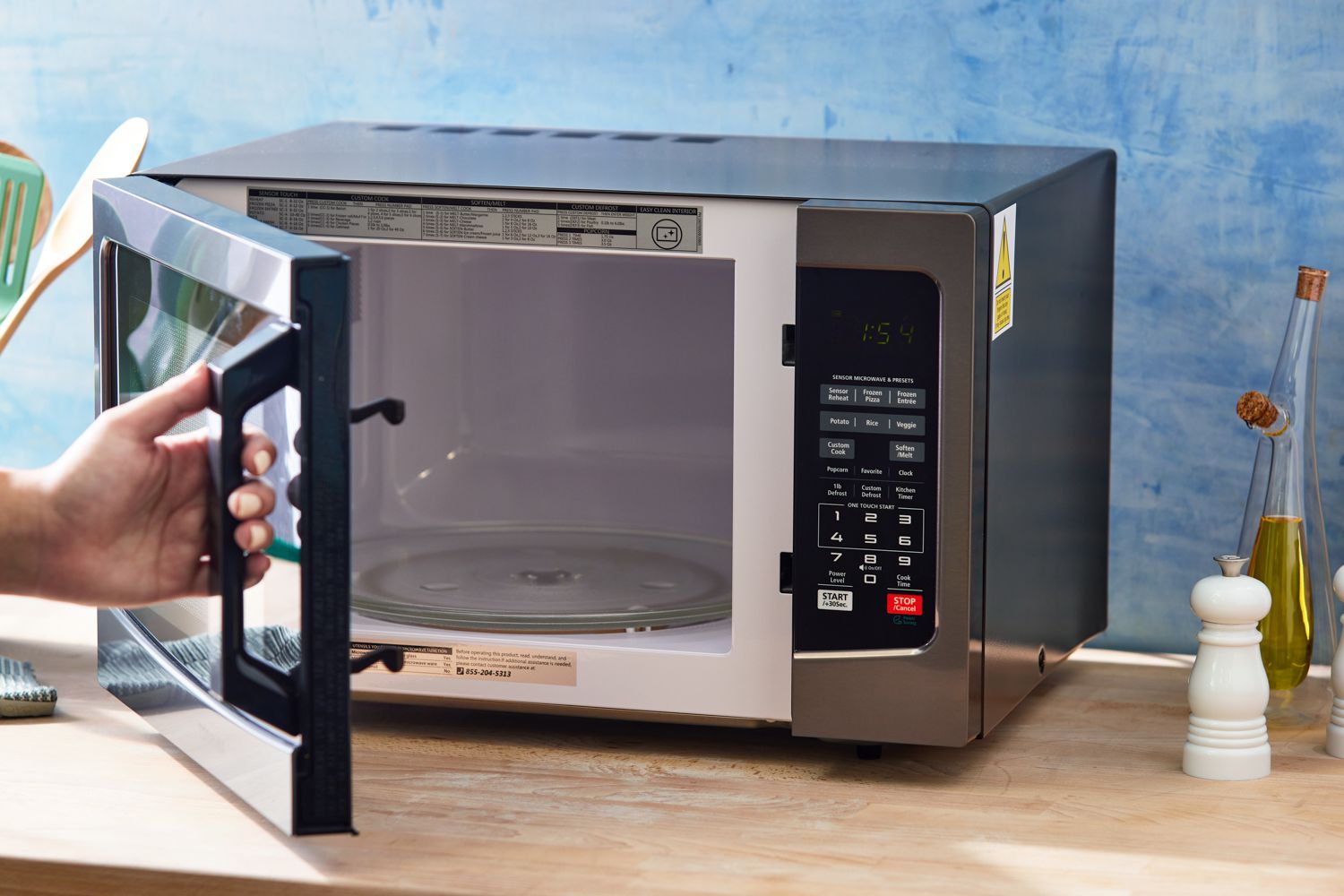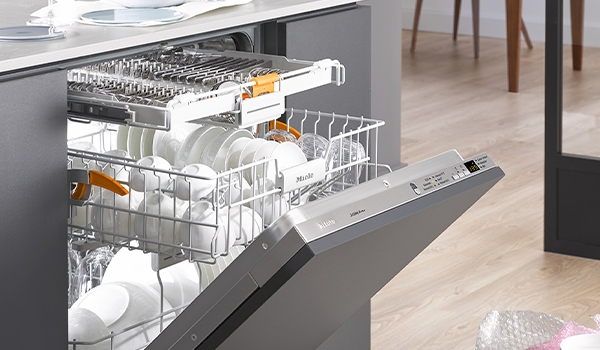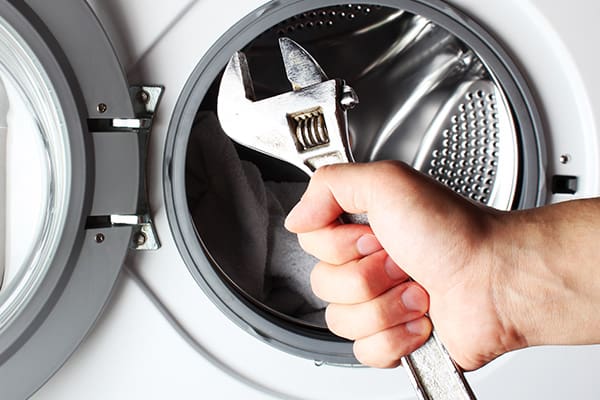Dealing with Power Surges: Protecting Your Appliances from Damage
Power surges are sudden spikes in electrical voltage that can happen unexpectedly and are often powerful enough to damage household appliances and electronics. Whether caused by lightning strikes, high-powered appliances, or issues in the electrical grid, these surges put your valuable devices at risk. Even minor surges over time can degrade internal components, leading to reduced performance, frequent repairs, or total failure of appliances. Taking preventive measures to protect against surges can help you avoid these costly issues. In this guide, we’ll explore common causes of power surges, types of surge protection, and practical steps to keep your appliances safe and functioning efficiently.
Dealing with Power Surges: Protecting Your Appliances from Damage
Power surges are sudden increases in voltage within a home’s electrical system, often occurring in less than a second but powerful enough to cause damage. These surges happen for various reasons, such as lightning strikes, high-powered appliances turning on or off, or sudden changes in power flow from the utility company. When a surge occurs, it sends an unexpected jolt of electricity through the system, which can overwhelm appliances and electronics.
This extra voltage can be harmful to household appliances, particularly those with sensitive electronic components, such as refrigerators, computers, and washing machines. Over time, even small surges can degrade internal circuits, leading to frequent malfunctions or, in severe cases, complete failure of the appliance. The result can be costly repairs or replacements. By understanding the risks of power surges and taking preventive measures, homeowners can protect their valuable appliances and save on unnecessary expenses.
Common Causes of Power Surges
Power surges can originate from various sources, each with the potential to disrupt or damage household appliances. Understanding these common causes helps homeowners take effective precautions.
- Lightning Strikes
- High-Powered Appliances
- Utility Company Switches
- Wiring Issues
Lightning Strikes. One of the most dramatic causes of power surges is a lightning strike. When lightning strikes near power lines or directly hits a building, it sends an enormous amount of energy through the electrical grid, resulting in a sudden, massive voltage spike. This surge can travel through the wiring of homes and businesses, overwhelming outlets and connected appliances within milliseconds. Although rare, lightning strikes can destroy sensitive electronics and even cause fires. Homes in areas with frequent storms are especially vulnerable, making surge protection crucial.
High-Powered Appliances. Certain high-powered appliances, like air conditioners, refrigerators, and washing machines, can create mini power surges when they turn on or off. These appliances require significant amounts of energy to start, causing fluctuations in the home’s voltage levels. While smaller than lightning-induced surges, these internal surges can still contribute to gradual wear on other connected electronics, especially over time. For instance, as an air conditioner cycles on and off, it can generate repeated mini-surges that stress and degrade the components of nearby devices, reducing their lifespan.
Utility Company Switches. Sometimes power surges are caused by changes in the external power supply, which the utility company controls. Routine maintenance on the electrical grid, load shifting, or even restoring power after an outage can lead to a temporary surge in voltage. When power is suddenly redirected or restored, the quick influx can create a surge that affects homes connected to that grid. Although utility companies try to minimize these fluctuations, unexpected spikes can still happen, potentially affecting unprotected appliances in your home.
Wiring Issues. Outdated or faulty wiring in a home can also increase susceptibility to power surges. Worn or exposed wiring, along with loose connections, can disrupt the electrical flow, leading to frequent surges. Homes with older wiring systems are especially vulnerable, as they may not be designed to handle modern energy demands. These surges are often minor but, over time, they can wear down appliances and electronics. Additionally, faulty wiring poses a risk of sparking and fires, making regular electrical inspections important for both safety and appliance protection.
Types of Power Surge Protection
To protect your appliances from power surges, there are several types of surge protection devices, each suited for different needs. From smaller devices to whole-home solutions, these tools offer varying levels of defense against damaging voltage spikes.
Surge Protector Power Strips. Surge protector power strips are one of the most common and convenient options, especially for small electronics like TVs, laptops, and gaming consoles. These strips look like regular power strips but are equipped with built-in surge protection, which diverts excess electricity away from connected devices during a surge. While cost-effective, the protection level can vary, so it’s essential to choose a high-quality surge protector with a high joule rating, which indicates its ability to handle surges over time. Quality surge protectors also often come with warranties for added peace of mind, offering coverage if connected devices are damaged.
Whole-Home Surge Protectors. Whole-home surge protectors provide a more comprehensive level of protection by safeguarding all appliances and outlets in the house. Installed at the main electrical panel by a licensed electrician, these protectors intercept surges before they can enter a home’s wiring system. This is especially valuable during powerful surges caused by lightning or utility fluctuations, which can otherwise damage numerous appliances simultaneously. Whole-home surge protectors are a good choice for homes in areas with frequent storms or power grid instability, offering a higher level of protection than individual plug-in devices. While they come with an upfront cost for purchase and installation, their ability to protect the entire home can lead to significant savings by preventing costly appliance repairs or replacements.
Uninterruptible Power Supply (UPS). An uninterruptible power supply (UPS) is designed to protect sensitive electronics, such as computers, modems, and routers. In addition to providing surge protection, a UPS has a built-in battery that supplies power to the connected device if the power goes out. This feature is particularly useful for computers and other electronics that need a safe shutdown process to prevent data loss. By allowing time for an organized shutdown, a UPS not only shields devices from surges but also provides continuity during outages.
How to Protect Your Appliances
Protecting your appliances from power surges is essential to extend their lifespan and avoid costly repairs. There are several practical steps you can take to safeguard your home, especially during storms or when away for long periods. Here’s how to keep your appliances safe and secure.
- Unplugging Appliances During Storms
- Regular Electrical Inspections
- Invest in High-Quality Surge Protectors
Unplugging Appliances During Storms. One of the simplest and most effective ways to protect appliances during a storm is to unplug them. Lightning strikes are a common cause of sudden, severe power surges, which can quickly damage sensitive electronics and appliances. By unplugging non-essential appliances, such as TVs, computers, and kitchen gadgets, you can prevent these surges from reaching them. This is particularly important during heavy storms when the risk of lightning strikes and grid disruptions is higher. Additionally, if you’re going on vacation or will be away for an extended period, consider unplugging devices to avoid potential damage while you’re not around to monitor them.
Regular Electrical Inspections. Outdated or faulty wiring can make a home more susceptible to power surges, even from routine voltage fluctuations. Regular electrical inspections by a licensed electrician are essential to identifying and fixing any issues that could lead to surges. An inspection can reveal worn-out wires, loose connections, or outdated electrical panels that may not handle modern energy demands. If your home has an older electrical system, it’s wise to have an electrician assess it for safety and surge protection. They may recommend updating certain parts of your system or adding additional safeguards, which can reduce the risk of both power surges and potential electrical fires. Routine inspections not only help protect your appliances but also improve the overall safety of your home’s electrical infrastructure.
Invest in High-Quality Surge Protectors. Surge protectors are a crucial line of defense against power surges, but not all surge protectors are created equal. High-quality surge protectors are designed to absorb larger voltage spikes, providing more effective protection for valuable appliances and electronics. When selecting surge protectors, consider the joule rating, which indicates how much energy the protector can absorb before it loses its effectiveness—a higher rating generally means better protection. It’s also important to look for surge protectors with warranty coverage, which many high-quality brands offer as an additional layer of security for connected devices. Plug critical appliances like your refrigerator, computer, and home theater system into reliable surge protectors to reduce the risk of damage from unexpected surges.
Recognizing Signs of Power Surge Damage
Power surges can leave noticeable signs of damage, even if they’re brief. Recognizing these indicators early can help prevent further issues with your appliances and electrical system.
- Burn Marks or Scorched Outlets
- Malfunctioning Appliances
- Tripped Breakers
Burn Marks or Scorched Outlets. One of the most visible signs of power surge damage is burn marks or scorching around outlets and plugs. A sudden voltage spike can cause excessive heat, leading to discoloration, char marks, or even melted plastic around outlet covers. If you notice any of these signs, it’s important to stop using the affected outlet immediately and have it inspected by a licensed electrician. Continuing to use a damaged outlet can increase the risk of further damage or even fire.
Malfunctioning Appliances. Power surges can disrupt the normal functioning of electronic components within appliances, causing them to behave unpredictably. You may notice appliances turning on and off unexpectedly, unusual buzzing or humming sounds, or failure to operate as usual. For example, a TV may suddenly power off, or a refrigerator may not maintain a consistent temperature. These erratic behaviors often indicate that the appliance’s internal components have been affected by a surge. If this occurs, unplug the appliance and have it evaluated by a professional to prevent further damage.
Tripped Breakers. Frequent tripping of circuit breakers can signal recurring power surges. While breakers are designed to protect your home by cutting power during overloads, repeated tripping suggests that surges may be overwhelming the system. This is often caused by high-powered appliances cycling on and off or wiring issues. If breakers are constantly tripping, it’s a good idea to have an electrician inspect the electrical panel and wiring. Consistent power surges may shorten appliance lifespans and increase the risk of costly repairs or replacements, so addressing the root cause is essential.
By recognizing these signs, you can take proactive steps to protect your appliances and address potential electrical issues before they worsen.







